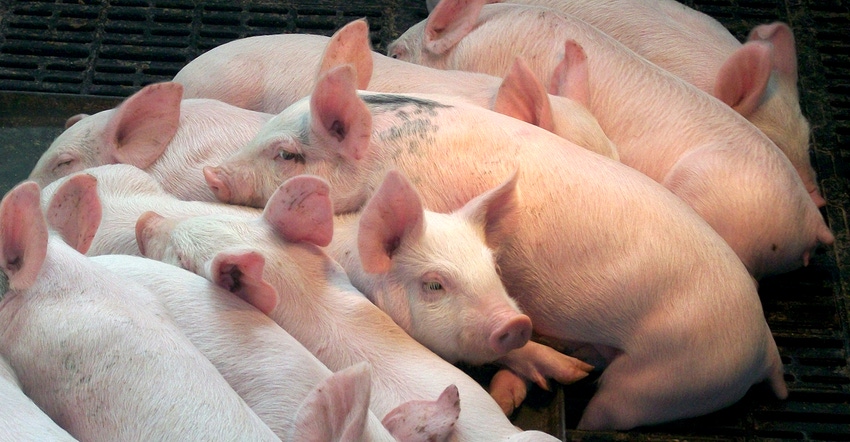March 18, 2019

Minnesota researchers are crunching surveillance data to predict the monthly risk of porcine reproductive and respiratory syndrome.
PRRS is a viral disease that causes reproductive failure in breeding animals and respiratory disease in pigs of any age. It is recognized as the most economically significant disease to affect U.S. swine production since the eradication of classical swine fever.
University of Minnesota researchers Kaushi Kanankege, Kimberley VanderWaal, Cesar Corzo and Andres Perez are using data compiled from farms and counties that provided data to the Morrison Swine Health Monitoring Project surveillance project from May 2013 through April 2017.
The data represent 143 sow farms belonging to eight production systems. Their objective: To estimate the expected number of PRRS‐positive farms per month at the county level, while accounting for key epidemiological factors and space‐time variation of the PRRS occurrence.
After reviewing data, the researchers reported in a recent swine health monitoring project report that they observed a predictable seasonality of PRRS occurrences with a decline in May‐June, the lowest number of outbreaks reported in October, and an increase in November – December.
As key points in their research, they noted:
Risk factors. High risk of PRRS occurrence was observed in counties where less than 25% of MSHMP farms were fully or partially air‐filtered, there were a high number of hog farms and there were farms that belonged to multiple production systems.
Possible mitigation. PRRS occurrence association with air filters may be due to attempts to mitigate risk in prevalent areas.
More research. Further study is required to understand the space‐time association of the windborne local spread of the virus and the installation of air filters.
The researchers said they would appreciate pork producers sharing their thoughts on risk estimation and management by participating in the online survey.
Source: Morrison Swine Health Monitoring Project, which is solely responsible for the information provided and is wholly owned by the source. Informa Business Media and all its subsidiaries are not responsible for any of the content contained in this information asset.
You May Also Like




